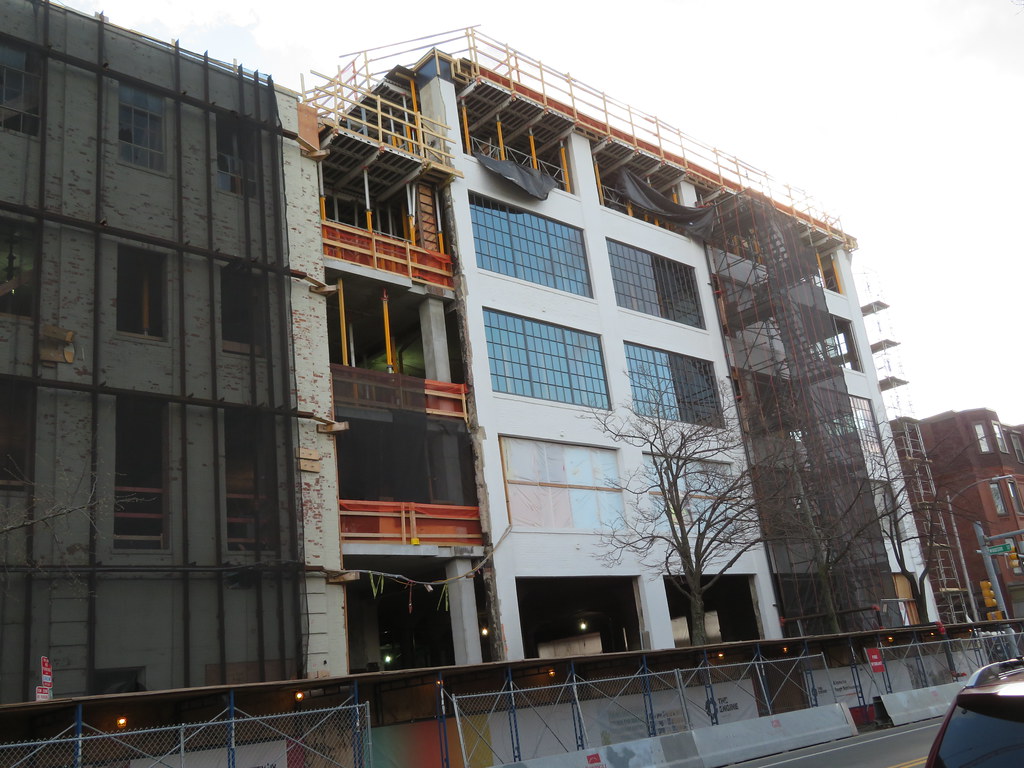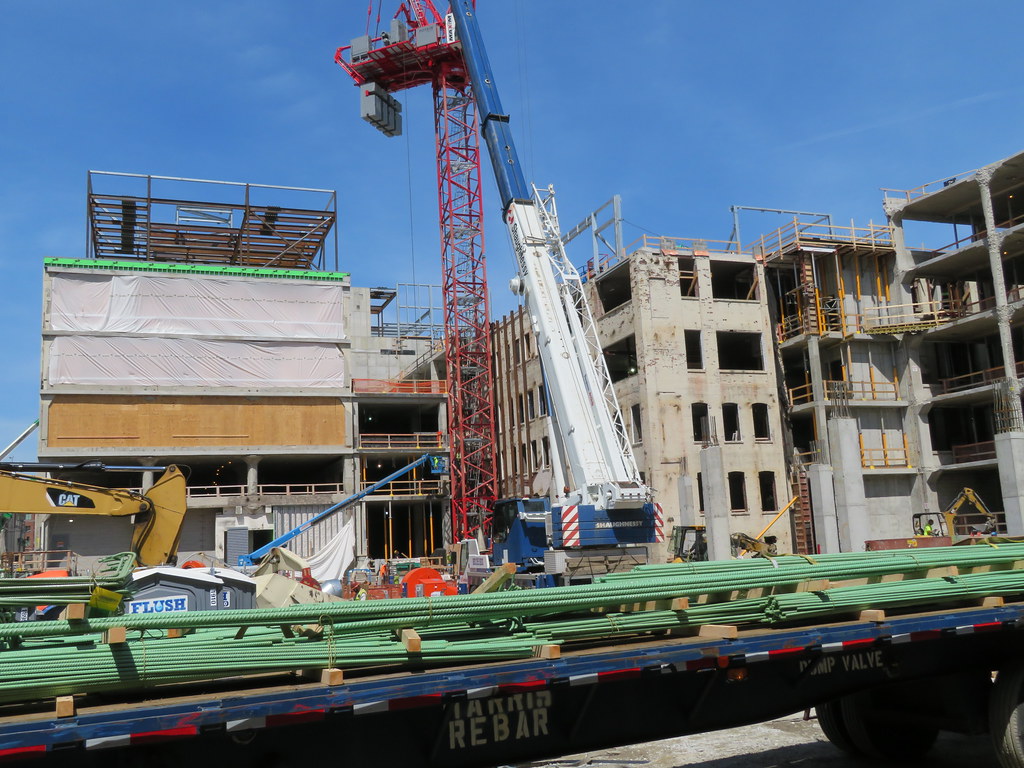whighlander
Senior Member
- Joined
- Aug 14, 2006
- Messages
- 7,812
- Reaction score
- 647
Arlington -- these are not just facadectomies -- there is a lot of the industrial strength of the buildings which has been retainedCambridge vs Boston's idea of their urban fabric.
Many of the kinds of companies to be housed in this complex will be installing machinery not just Gnurds and laptops
for instance a company such as Commonwealth Fusion Systems, an actual Engine Client --- However as they have serious financing already*1 they can afford their own place nearby on Sidney St.
CFS -- is a good representative of some of the kinds of companies that could be Engine-bound as the new facility is completed

*1
Commonwealth Fusion Systems Raises $84 Million in A2 Round
Cambridge, MA – May 26, 2020 – Commonwealth Fusion Systems (CFS), a startup commercializing fusion energy, today announced it has raised $84 million in A2 funding, bringing the company’s total funding to more than $200 million. The A2 round was led by Temasek with participation from new investors Equinor and Devonshire Investors, the private equity group affiliated with FMR LLC, the parent company of Fidelity Investments, as well as current investors Breakthrough Energy Ventures, The Engine, ENI Next LLC, Future Ventures, Hostplus, Khosla Ventures, Moore Strategic Ventures, Safar Partners LLC, Schooner Capital, Starlight Ventures, and others committed to accelerating the path towards commercial fusion energy.


 IMG_4775
IMG_4775 IMG_4777
IMG_4777 IMG_4779
IMG_4779 IMG_4782
IMG_4782 IMG_4787
IMG_4787 IMG_4791
IMG_4791 IMG_4798
IMG_4798 IMG_4789
IMG_4789 IMG_4800
IMG_4800 IMG_7347
IMG_7347 IMG_7349
IMG_7349 IMG_7351
IMG_7351 IMG_7358
IMG_7358 IMG_7361
IMG_7361 IMG_7363
IMG_7363 IMG_0121
IMG_0121 IMG_0123
IMG_0123 IMG_0124
IMG_0124 IMG_0127
IMG_0127 IMG_0129
IMG_0129 IMG_0130
IMG_0130 IMG_0133
IMG_0133 IMG_0142
IMG_0142 IMG_0147
IMG_0147